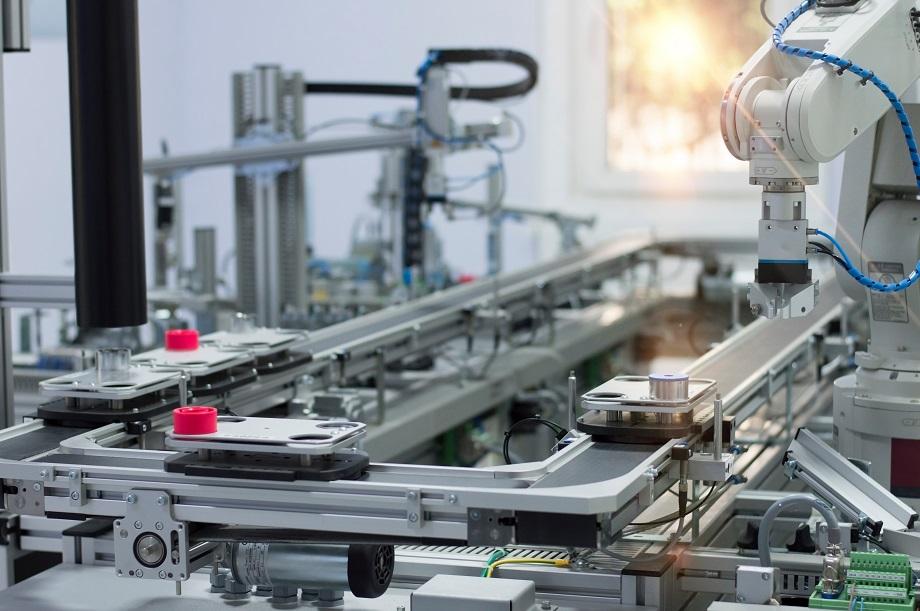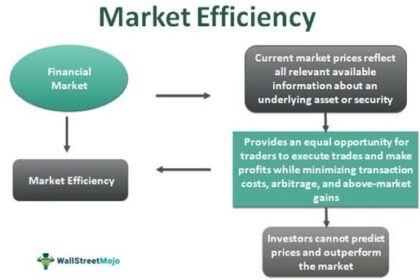In an era where time is the currency of progress, organizations are continuously seeking ways to streamline operations and elevate productivity. Enter Robotic Process Automation (RPA), a technological marvel that promises to redefine the landscape of business efficiency. As we stand on the precipice of a new digital age, the synergy between human ingenuity and machine precision is taking center stage, heralding a transformative shift in how tasks are managed and executed. This article delves into the burgeoning world of RPA, exploring its potential to revolutionize workflows, reduce operational costs, and empower businesses to thrive in an increasingly competitive environment. Join us as we unveil the intricacies of this innovative technology and envision a future where efficiency reigns supreme.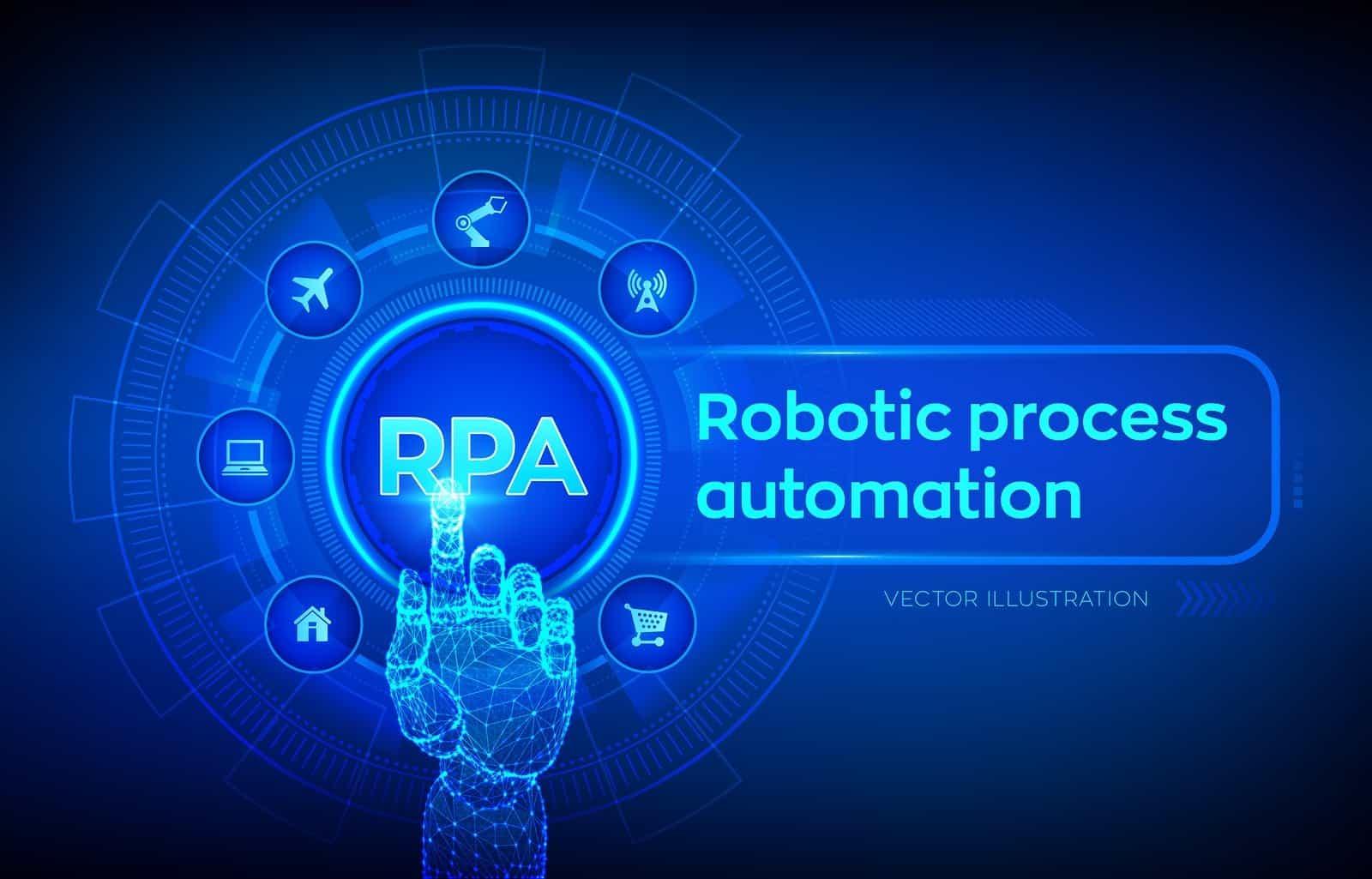
Embracing Change: Understanding the Evolution of Robotic Process Automation
As technology steadily advances, so too does the realm of Robotic Process Automation (RPA). Originally designed to automate simple, repetitive tasks, RPA has grown into a sophisticated tool capable of managing intricate workflows and complex decision-making processes. Its evolution is marked by increased integration with technologies such as artificial intelligence (AI) and machine learning (ML), allowing businesses to achieve greater accuracy and efficiency. Today, the extent of RPA’s capabilities is continually expanding, empowering organizations to rethink operational strategies and redefine profitability.
In this dynamic environment, understanding the benefits that come with embracing this technology is essential for businesses looking to thrive. Key aspects of this evolution include:
- Enhanced Accuracy: Minimizing human errors while processing data.
- Scalability: Adapting easily to changing demands without extensive overhauls.
- Cost Efficiency: Reducing operational costs through streamlined processes.
- Increased Speed: Performing tasks at a remarkable pace, thus enhancing productivity.
Moreover, as companies increasingly adopt RPA, they often find that it serves as a catalyst for cultural change within their workforces. Employees begin to shift from mundane, repetitive roles toward more strategic positions that foster creativity and innovation. RPA not only automates tasks but also inspires a forward-thinking mindset, prompting a more agile approach to tackling business challenges. The continuous evolution of RPA is a testament to its potential to transform the future landscape of work.

Breaking Barriers: Key Benefits of Integrating RPA in Business Operations
Integrating Robotic Process Automation (RPA) into business operations unlocks a plethora of advantages that drive organizations towards unprecedented efficiency. One of the foremost benefits is the enhanced accuracy in task execution. By leveraging software robots to perform repetitive and rule-based tasks, businesses can significantly reduce human error, leading to improved data integrity and reliability. Additionally, RPA enables 24/7 operational capability, allowing organizations to maintain productivity beyond traditional working hours, ultimately accelerating project timelines and response rates.
Moreover, RPA fosters a culture of innovation and agility within teams. With mundane tasks automated, employees can redirect their focus towards strategic initiatives and creative problem-solving. This not only boosts employee morale but also enhances overall job satisfaction, as workers engage in more meaningful work. Furthermore, the rapid scalability of RPA solutions means that organizations can easily adapt to changing market demands without the cumbersome processes typically associated with workforce adjustments. The following table highlights the key advantages:
| Benefits of RPA | Description |
|---|---|
| Improved Accuracy | Reduces human errors in repetitive tasks. |
| Increased Productivity | Allows continuous operation without downtime. |
| Employee Empowerment | Gives employees more time for creative and strategic work. |
| Scalability | Easily adapt to changing business needs. |
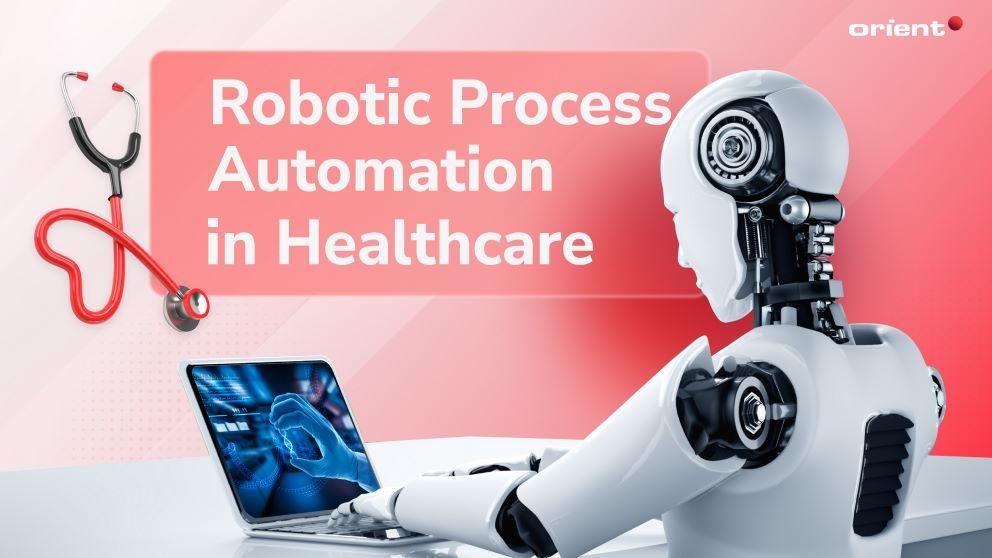
Navigating Challenges: Overcoming Common Hurdles in RPA Implementation
Implementing Robotic Process Automation (RPA) can be a transformative leap for organizations, but it is not without its challenges. Many companies encounter resistance to change from employees who fear job displacement or are hesitant to adapt to new technologies. Additionally, poorly defined processes can hinder RPA success, as automating inefficient workflows will only exacerbate existing issues. To combat these hurdles, organizations should prioritize comprehensive training and transparent communication about the benefits of RPA. Engaging stakeholders throughout the implementation process can foster a culture of innovation and encourage a collaborative mindset.
Another significant obstacle is the integration of RPA with existing systems. Many legacy systems may not be RPA-ready, complicating the deployment of automation solutions. Companies should conduct a thorough assessment of their technological landscape, ensuring compatibility and scalability. Establishing a cross-functional team of IT specialists and business operators can help map out potential challenges and streamline integration efforts. Furthermore, investing in robust infrastructure and selecting scalable RPA tools can pave the way for seamless implementation and future growth.
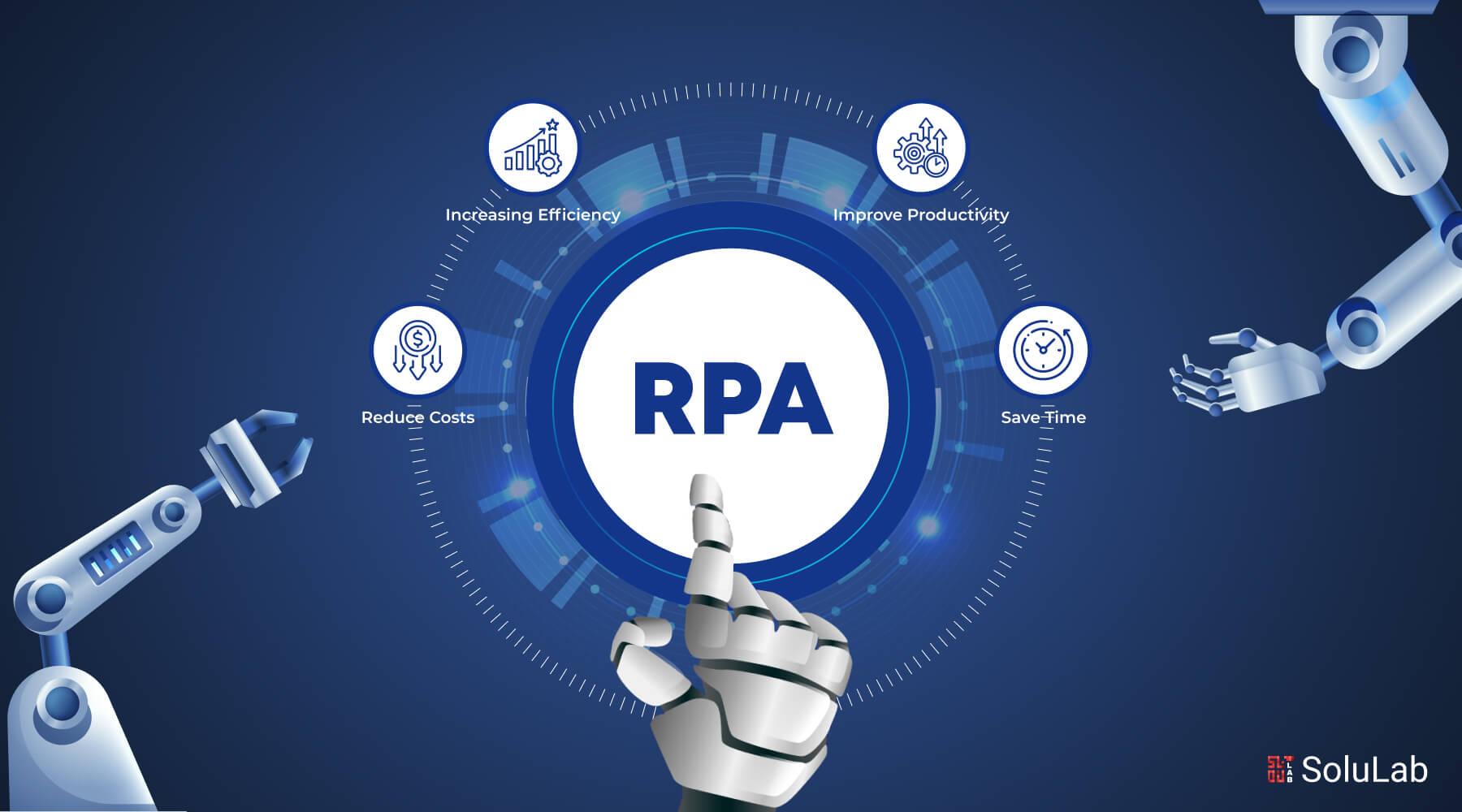
Future Forward: Strategic Recommendations for Maximizing RPA Potential
To fully harness the transformative power of Robotic Process Automation (RPA), organizations must adopt a forward-thinking approach that integrates RPA into their core strategies. This involves not only investing in the right technologies but also fostering a culture that encourages innovation and adaptability. Key steps include:
- Comprehensive Training Programs: Equip employees with knowledge and skills to work alongside RPA tools effectively.
- Incremental Implementation: Start with pilot projects to demonstrate value and gradually expand RPA usage across different departments.
- Collaboration between IT and Business Units: Ensure that RPA solutions are aligned with overall business goals by facilitating open communication across teams.
Understanding potential ROI is critical to maximizing RPA’s benefits. Organizations should continuously analyze performance metrics and user feedback to refine processes and enhance automation strategies. Setting up an agile feedback loop allows businesses to:
- Identify Bottlenecks: Quickly address inefficiencies within automated processes.
- Adapt to Change: Stay ahead of market demands by iterating and evolving RPA applications.
- Align Automation with Strategic Goals: Ensure that automation initiatives drive business objectives and result in measurable gains.
| Recommendation | Benefits |
|---|---|
| Invest in AI-Driven RPA Tools | Enhanced decision-making and predictive capabilities |
| Regularly Update Skills | Maintains competitiveness and adaptability in the workforce |
| Focus on Process Optimization | Maximizes efficiency and minimizes waste in operations |
To Wrap It Up
As we stand on the brink of a new era defined by innovation and technological advancement, the promise of Robotic Process Automation unfolds before us like the dawn of a bright new day. This transformative journey is not just about replacing manual tasks; it is about amplifying human ingenuity, freeing us from the shackles of monotony, and allowing us to focus on the pursuits that fuel our creativity and drive our progress.
The future of RPA is filled with potential, from enhancing operational efficiency to redefining productivity across industries. By embracing these intelligent systems, organizations can harness the power of data, streamline workflows, and foster collaboration, paving the way for smarter, more agile enterprises.
As we navigate this uncharted territory, it is essential to balance the capabilities of technology with a human-centered approach. By prioritizing ethical considerations and fostering an ecosystem of collaboration between humans and machines, we can ensure that the future of RPA remains a shared journey, where innovation empowers everyone.
In closing, the future of Robotic Process Automation is not merely a tale of machines replacing humans, but a narrative of partnership—a symbiotic relationship that has the potential to reshape industries and enhance lives. As we unveil this new chapter, let us step forward with curiosity, courage, and a commitment to building a more efficient, inclusive, and innovative world. The possibilities are limitless; the journey is just beginning.


